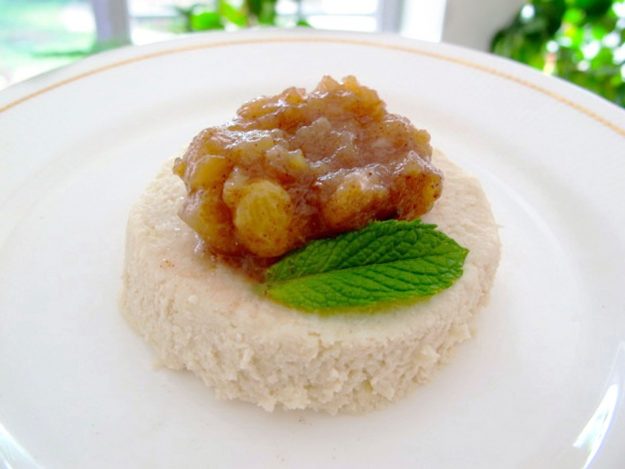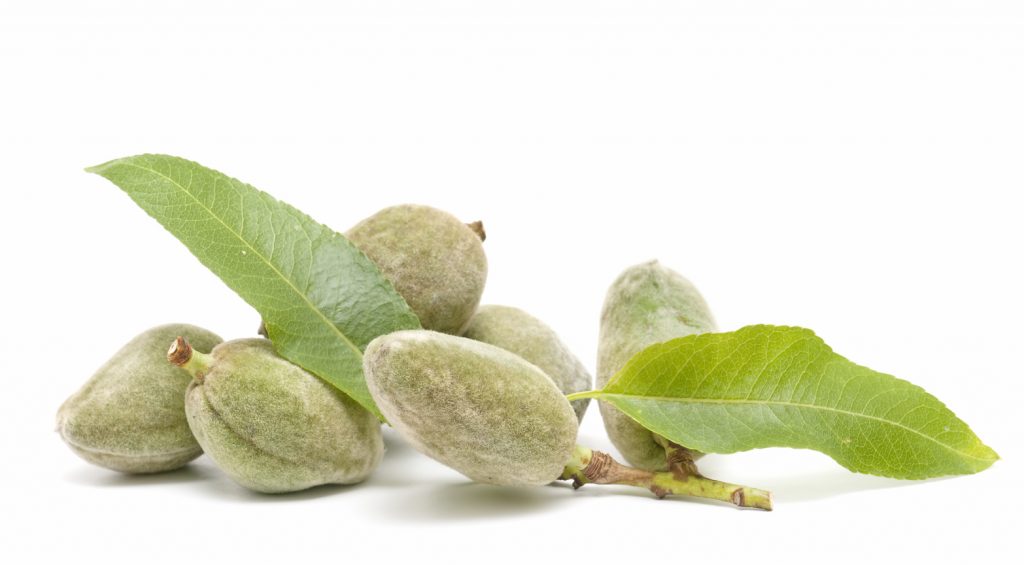The Bodhimind is a great radiant sun
To disperse the darkness of unknowing,
And it is the very essence of butters
Gained from churning the milks of Dharma.
For all guests on the roads of life
Who would take the very substance of joy,
Here is the actual seat of true happiness,
A veritable feast to satiate the world.
—Shantideva, The Way of the Bodhisattva
The Danish filmmaker Lars von Trier made a documentary in 2003 called The Five Obstructions in which he challenged fellow filmmaker Jørgen Leth to remake his own short experimental film, The Perfect Human(1967), five times. In each instance Leth was given a set of obstacles designed by von Trier to make his life difficult. For example, the first remake had to be shot in Cuba, and no cut could be longer than 12 frames; one remake had to be a cartoon, and so on.
Throwing a dinner party these days is a bit like this. Guests are bringing an increasing number of dietary restrictions to the table, creating complicated obstacles for the cook. Coming up with a good meal that satisfies each and every individual’s stipulations takes creativity, patience, and sometimes the fun out of cooking.
No wheat, no sugar, nothing that has eyes: those are the most common evils. No peanuts, no gluten, no white foods, no dairy, no fat, no salt, nothing cold, nothing cooked, no nightshade, nothing fermented, nothing caffeinated—the list of obstacles goes on. Sometimes it seems like people are more religious at the supermarket than on the cushion—more passionate, more dogmatic, more afraid of the consequences of their negative actions. I’m sure one could even find sins lurking in a plate of gently steamed, locally grown organic kale. The Internet is very happy to prove or contradict any point of view with cold, hard truthiness. Basically, everything is bad for you.
For a host, mustering up the willingness to cater to everyone’s demands can be a challenge. I confess that for me, there is a smidgeon of emotional resistance to “giving in,” to indulging everyone’s hypersensitivity. Why get so worked up about wheat? The 8th-century Indian Buddhist scholar Shantideva says in The Way of the Bodhisattva: “Health, daily sustenance, and lack of adversity? Life is momentary and deceptive; and the body is as if on loan…. For the longevity of all other enemies is not so enduring, beginningless, and endless as that of my enemies, the mental afflictions.”
I try to remind myself that there is no such thing as being right in these matters. My idea of good food isn’t the only idea, no matter how right it feels. I hold some strong opinions about what should be eaten, but if I want my feelings about food to be honored, it has to work both ways. I must trust that people know what’s nourishing for their own constitutions and what’s not. Everyone has his or her own truth, and the compassionate thing to do is to let them have their way and, even better, serve it up good. Of course there is a neurotic element to everyone’s consumption habits, a tendency to get self-involved or to be in denial. No doubt if we were more realized, everything would be amrita to us, and this would not be an issue.
But since that’s not the case, we have to find ways to feed ourselves and our friends. With a little invention and love, food that passes the test can also taste good. My friend Elise (rhymes with easy) is a member of the no refined sugar/no wheat/no meat camp, and yet she manages to produce some sensational desserts that don’t leave the sugar fiends and gluten gluttons wanting. She shared one of her recipes with me, something that started out as an accident but was such a hit that she actually took notes and refined the recipe. Vegans, look the other way.

Ingredients:
1½ cups almonds
2 cups paneer
2 tablespoons maple syrup
5 sweet apples
1 teaspoon cinnamon
1 tablespoon of fresh lemon juice
5 sprigs of fresh mint
Optional: raisins, grape or apple juice
Soak the almonds in pure water overnight so that they become plump (some nutritionists say that nuts are easier to digest when they’ve been soaked). Squeezing off the skins is the most labor-intensive part of executing this recipe. You can start with pre-blanched almonds to skip this step. (There are people who claim that almond skins have toxic levels of cyanogens, precursors to cyanide, but most research says this is only true of bitter almonds. If you should ever taste that bitterness when eating almonds with skins, best to spit them out, just as you would an apple seed or the inside of a peach pit. That taste is telling you something.)
After getting naked, the almonds will send you a powerful mental message to start nibbling on their smooth white little bodies, but either try not to, or soak extras for such purposes so you’ll have enough to serve.
Put the almonds in a food processor or blender and puree. Add the paneer. Paneer is an unsalted Indian curd cheese with a consistency similar to chewy tofu. The fact that it is made without rennet should please the vegetarians out there. It’s basically extra-firm yogurt from which all water has been squeezed. Paneer is becoming more readily available in the U.S., but you can certainly experiment with other white creamy things. Vegans can use tofu as a substitute. Add the maple syrup and give it a taste test.
Elise and I played around with some ideas in an attempt to describe the consistency of the puree—a cloud, a slice of heaven, soft ice cream if it didn’t have to be cold. “Joy!” she said decidedly, and somehow that fits. It’s nice to leave a few lumps of almonds for texture, but if you prefer uniformity, blend until completely smooth. The almond paneer blend is Elise’s invention, and it can work in a variety of dessert situations. But here we are going to use it as a base for stewed apples.
Chop up your sweet apples and stew for a good long time (anywhere from 45 minutes to 3 hours) with cinnamon, maybe some raisins, a little bit of lemon juice. The longer you cook, the sweeter the stew gets. You can add grape or apple juice for kick, some berries if you have them. This is like a pie filling. It should boil down into a rich, thick, scoopable mass.
That’s it. Arrange a hockey puck-sized dollop of the almond joy onto a plate, add a scoop of the apples, and top with a mint leaf. This recipe makes about six portions. Those who have the sheer courage to ingest wheat may consider baking up some nice puff pastry, or you can use oats to make a crust. You’ve alienated the vegans and the lacto-vegetarians, the raw foodies, the anti-minters, and those who shun apples, but in general it’s a crowd-pleaser. Now try to do the preparations wearing roller skates in a kitchen with no counter space while balancing a pencil on the back of your hand, and get back to us.
Thank you for subscribing to Tricycle! As a nonprofit, we depend on readers like you to keep Buddhist teachings and practices widely available.
